A lengthy video that’s equally as nerdy. If you come from the ‘set & forget’ school of riding it’s probably not for you but if you like to tinker, dive straight in…
Despite being pretty au fait with his bike set up, George Thompson (aka Mr Making Up The Numbers) headed to Dyfi Bike Park (immmediately after racing the European DH Champs in Champery) with Mr Mojo Rising & Geometron founder Chris Porter for two days of bike set up to see if they could get George going even faster.
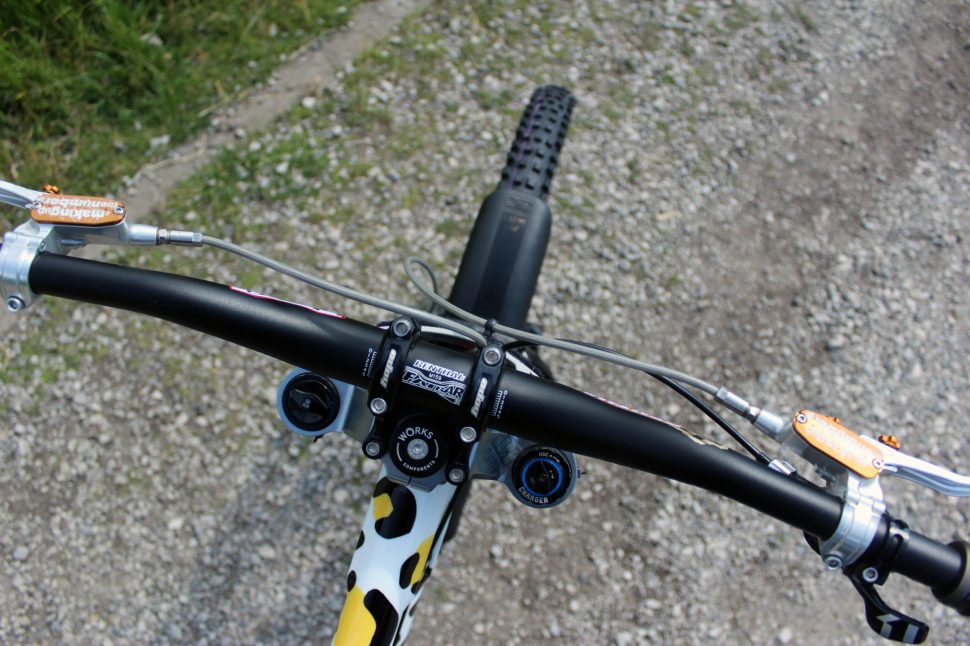

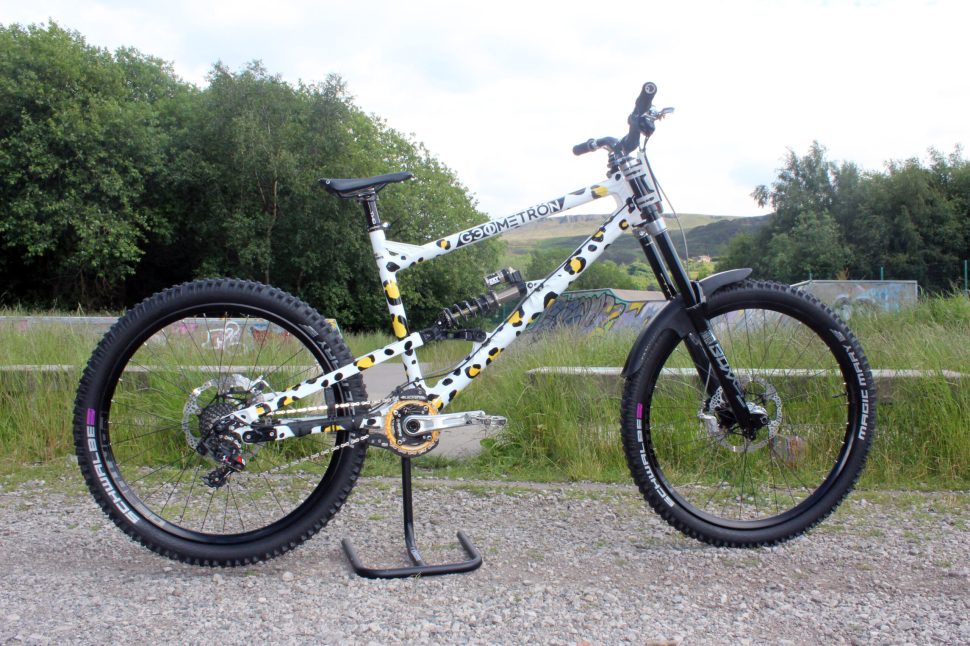
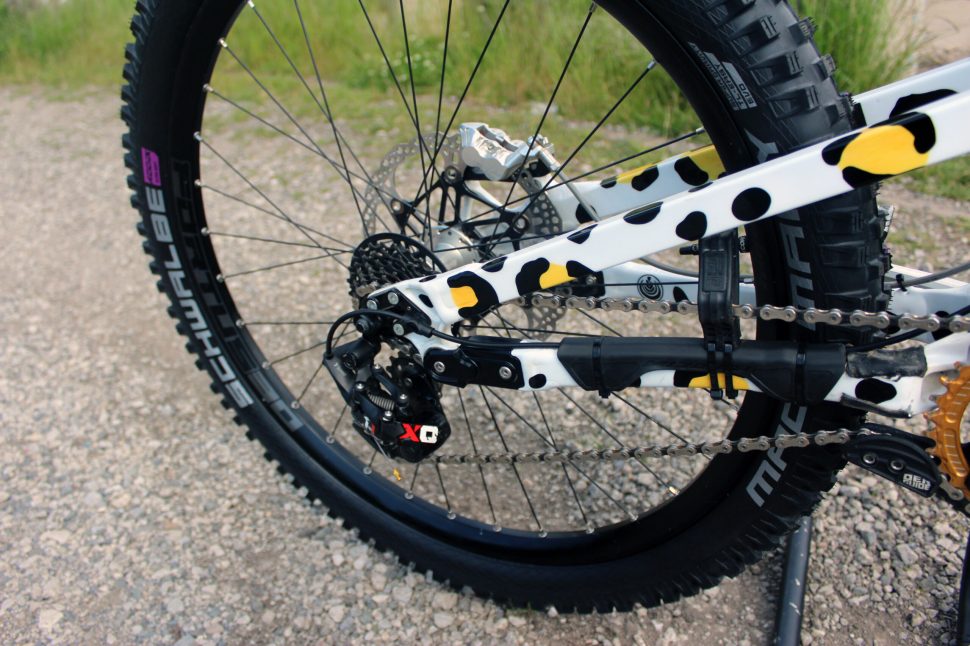



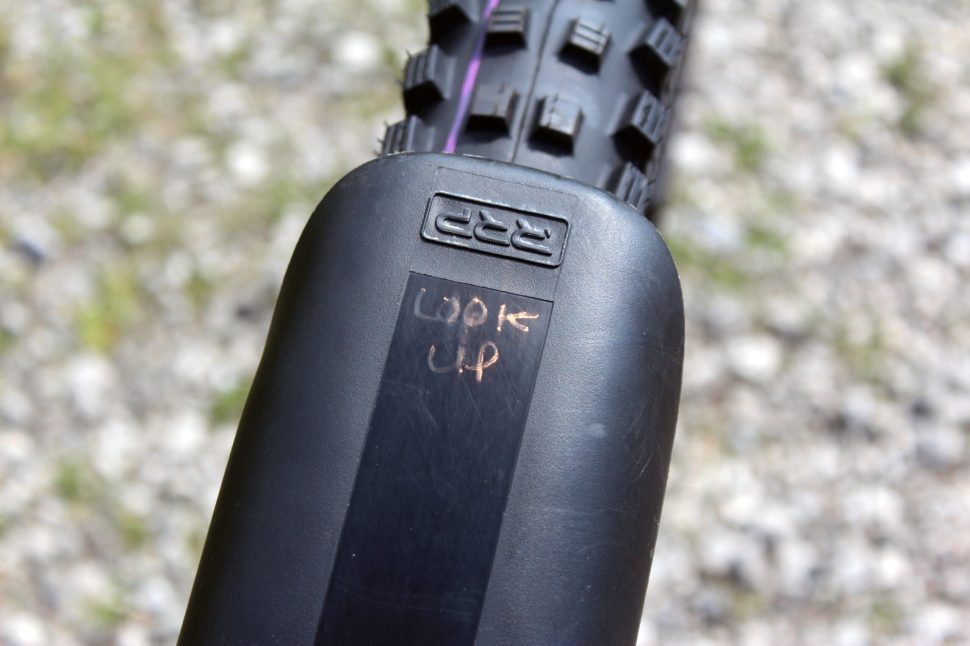
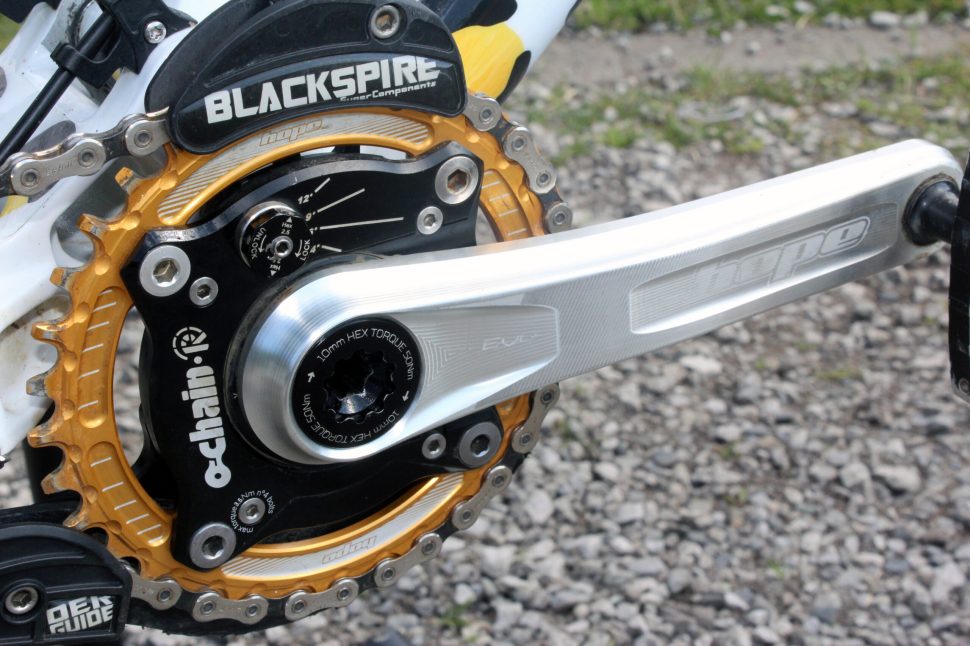
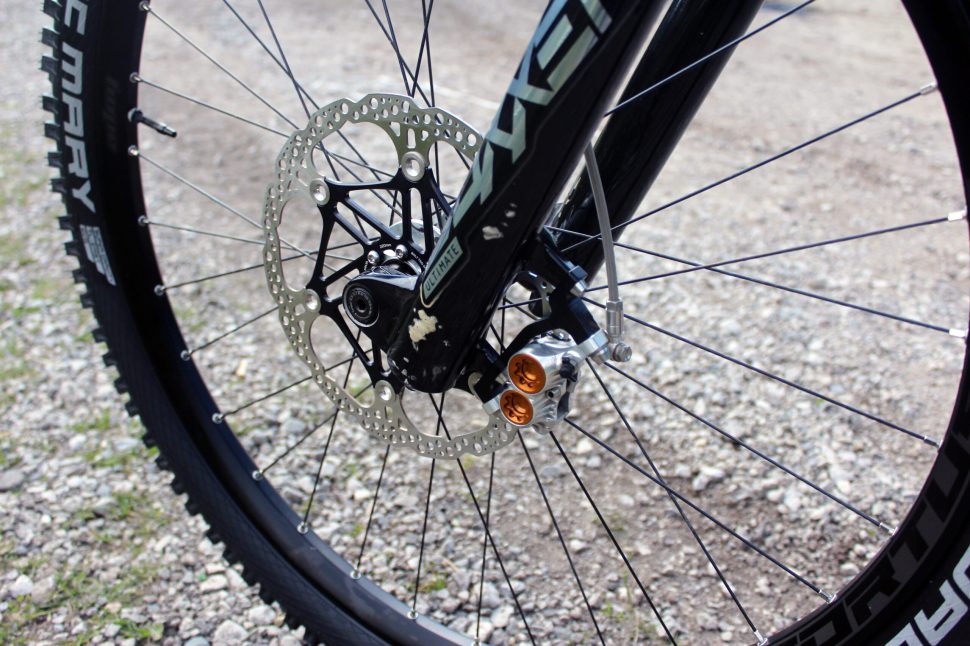


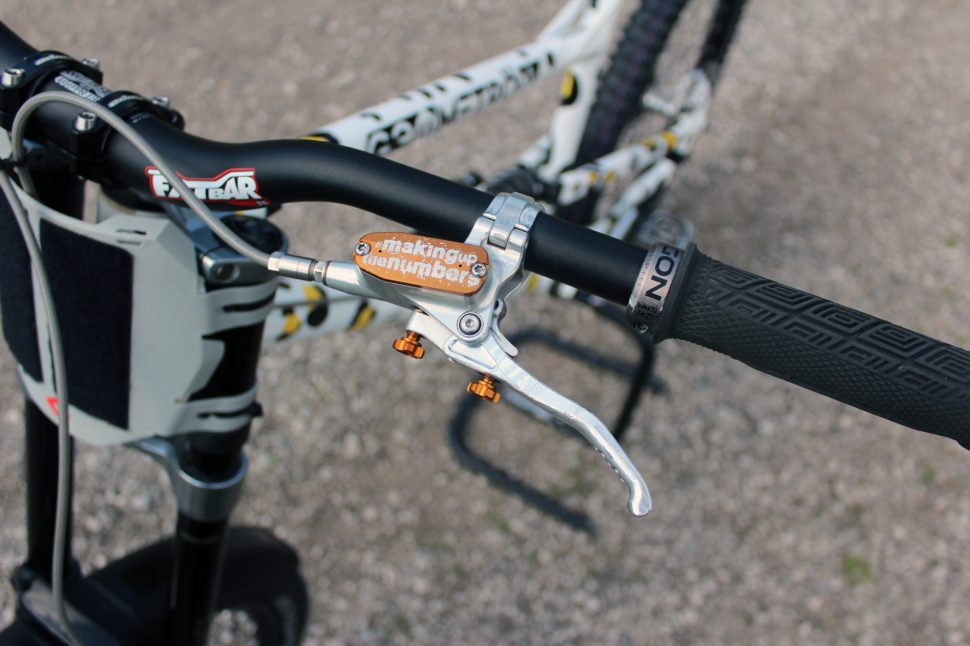
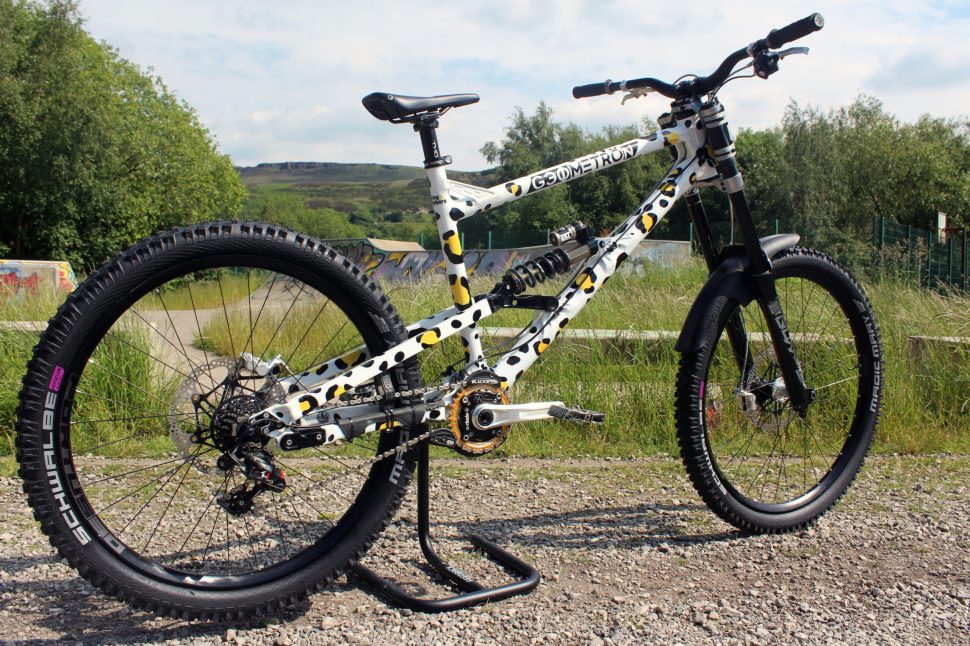

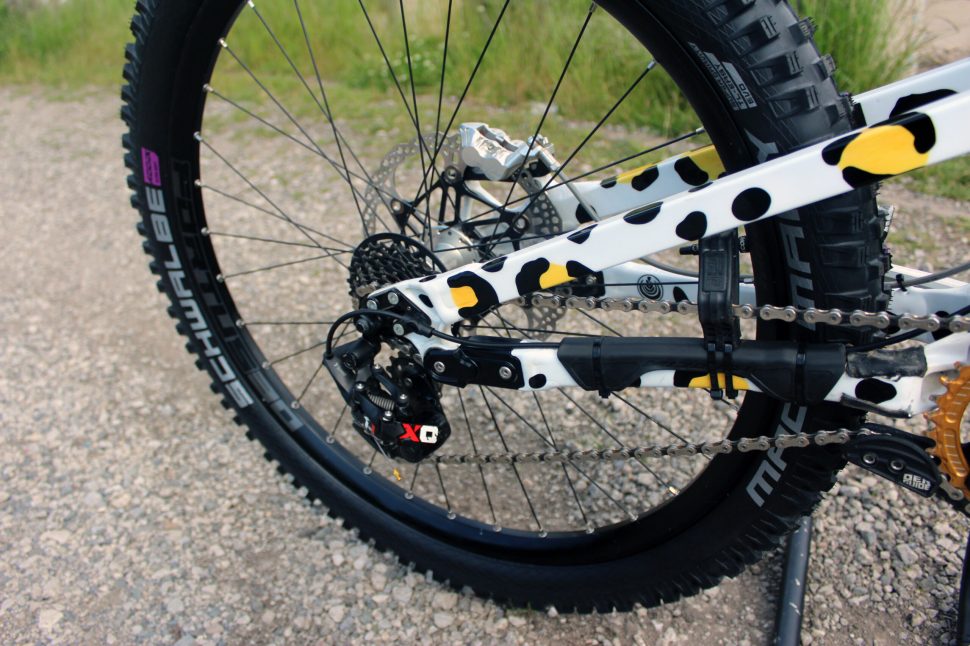
George said “I’ve been working with Chris on bike setup for the best part of a decade now. Initially, it was chopping down the shock on my old V10 to increase the wheelbase and stop me going over the bars on a bike which, despite being one of the largest DH bikes at the time, was still far too small. That progressed into riding and racing Geometrons and here we are now at Dyfi Bike Park trying to shave a few seconds off my time down Race Track. He’s far more knowledgeable than I will ever be so I approach every session with an open mind and Chris is well renowned for thinking outside of the box; I have no idea if we’ll be changing tyre compounds, shock settings or bar roll or all 3 but whatever it is I have confidence he’ll get the best out of me.”


Fifty minutes! That’ll have to wait until later. Despite being more at the ‘set and forget’ end of the spectrum (due to laziness) I find this stuff interesting
I’ll have to wait until everyone else is in bed to watch this one. Might watch it on 1.5 speed.
At the minute I’m a ‘buy Ohlins and set everything in the middle’ type of rider.
You can defo get away with watching it on x1.5 speed (and also scrub forward thru the POV runs if need be)
I watched all of it lol
Chris Porter has a very different way of looking at and explaining things I think.
His points about data acquisition and where that potentially falls down is interesting.
The idea that sorting the rider comfort/position before messing with the suspension seems to make sense to me.
Any chance of a summary?
As in what got changed, why and the differences it made? Love the paint job👍
For the trail they were riding, they raised the bar and rolled it forward, think they also added a bit of high speed compression to the fork. They did a small tweak to rear shock as well.
It was more about helping getting the rider in the right position on the bike so it all worked rather than adjusting the bike to suit the ‘wrong’ rider position.
Considering how much is spent on bikes and the difference a good suspension set up can make, its common sense that I should watch this.
But i just don’t want to.
Further to this ^^
So i’ve just watched it and i was totally wrong. Its a good watch. Its not a bunch of data waffle with graphs, its two guys talking in plain english about feel and rider position mostly, something i can get on board with without having to sit through maths/physics lesson.
I thought it was good, but although I was following what was being said, I’m not sure I’m able to translate any of it to my riding…I think being the observer of someone else (like Chris was) is the key bit as that helps determine what needs adjusting.
That’s the issue in some ways, I had my Status 160 fettled by Rich at RSR Bikeworks using telemetry and i’ll be honest it was only a couple of times i could actually FEEL any difference in the bike, the rest, felt very similar, but it was very different from when we started. However i couldn’t pinpoint changes like some riders can, i just don’t have that level of feel.
For me though i prefer the telemetry idea as you can substantiate it all with graphs and numbers, data, information and parameters. Rather than just “did that feel ‘better’ "
So I watched it all. Turns out all I needed was a slow day in the office.
I only have one question. Why aren’t you allowed to ride through puddles?
My mate had a full telemetry set up day at Antur Stiniog. I popped along just to ride and observe. There were lots of data points and “numbers talk" but i also noticed how much the questions, after each run, came back to “so how did that it feel?" and it was what felt good that ended up being used as the settings.
Chris says in the video that telemetry only gives you a piece of the puzzle. It just gives a numerical readout for wherever you place a sensor but it can’t tell if you’re hanging off the back of the bike, shitting yourself with your arms locked out. If you try to fix problems based purely on graphs and compression/rebound data you might be trying to fix a problem caused by your body shape, weight distribution or riding style.
(Is it even ‘telemetry’ or does that just sound cool? I thought it was data acquisition because you’re collecting a bunch of info for later analysis and I thought telemetry was real time, like sensors sending information to the gauges which help you fly the plane or the space shuttle or something. Or is there no difference?)
Love chris and his thoughts but don’t always agree with him…….he lost me this time at semi slick
Were you getting better times/going faster?
“Chris says in the video that telemetry only gives you a piece of the puzzle. It just gives a numerical readout for wherever you place a sensor but it can’t tell if you’re hanging off the back of the bike…”
This is similar to what was said by Ohlins in this shock discussion on pinkbike:
”First and foremost it has to be pointed out that a mountain bike and its operator is both the most forgiving and at the same time the hardest vehicle system to tune suspension for. One could argue that F1 is more complicated and in technical terms it is, but a mountain bike is the only system where the rider weight is the main centre of gravity and the actual mass you are trying to control, all the whilst the rider in himself is damping and controlling the vehicle itself. An F1 car you can simulate in advanced models and receive result at the test track, but to simulate a mountain bike is close to impossible for a multitude of reasons but they all come down to the rider input. The input will change as each rider can adapt and will adjust to the bike and how it’s set up. Just a quick look at a world cup race and it is apparent that there are many ways to ride a bike down a hill and doing it fast.”
I recently had a revelation with my new Fox 38 in that it rebounds slower than my Lyriks or Pikes have done – I’ve dialled in the LSR on them all so it feels right but I think the fixed HSR on the RockShox forks is a lot less damped than the adjustable HSR on the 38 when dialled in for my pressure, even when adjusted quicker to my taste.
I’ve just checked my settings and I’ve got both rebounds about twice as many clicks from closed at their recommended range for my weight and pressure. Despite that it still feels a lot calmer and more solid and I’ve noticed I’m staying way more centred/forewards up the face of jumps, feeling more balanced and stable, braking less before and going further.
So in my case I think a change in fork rebound behaviour has caused a change in my body position which has made things more balanced. I’m about to mullet this bike and expecting to run a bit more pressure in the back because I run it on the softer side to lower/slacken it, so it’ll interesting to see how that changes things.
Im still not clearer as to what the outcome was and what process Chris was following to get from the start to the end settings.
Enjoyed it far more than I thought I might. Might inspire me to faff more and change things just to see what happens….
It seemed to be based on feel…if it felt right you went faster (as Chris was saying after a few runs when he wasn’t catching up).